This morning’s session offered insights from Chief People Officer (CPO), Panchalee Weeratammawat, from Central Retail Corporation, Thailand’s leading retail conglomerate. Panchalee has led numerous complex change management projects for large-scaled organisations throughout Asia during her the course of her career.
She was joined on stage by Siddharth Pathak, Senior Partner with Kearney and Head of Consumer Products and Retail for Asia-Pacific. He leads the Consumer Industries and Retail Practice across Asia-Pacific covering Southeast Asia, ANZ, Greater China, India and Japan markets.
Known for her visionary leadership and compassionate approach, Panchalee shared her rich international experience in driving transformative change across borders. Through a series of thought-provoking questions, attendees explored the nuances of people-oriented leadership philosophy, the intricacies of overcoming resistance to change, and the delicate balance between compassion and strategic decision-making.
The session unveiled Panchalee’s innovative strategies for cultivating ‘A Great Place to Work’, where a culture of inclusivity not only fosters trust and resilience but also empowers teams to navigate through adversity, ensuring their ability to thrive in the fast-paced and ever-evolving world of retail.
Panchalee began by speaking about the ‘people culture’ within her organisation.
“My philosophy is to build a great team, for a growing retail organisation, you need to bring them on the journey with you. Our business was, and still is, essentially born out of a family business heritage. I believe everyone should participate in the growth process. I share responsibility with my team. I respect the team, listen to their ideas and inspire them when needed.”
“There are similarities between small and larger retail organisations. People are people, no matter how big you get.”
“It is important to consider organisational culture, national culture and country culture. You need to ensure alignment.”
National culture is inclusive of all the beliefs and values shared by the population of a particular nation. The culture is associated with a geographical/political region and its inhabitants. The pattern of values, beliefs, and practices shared among members of an organization that influence thoughts and behaviour.
On the other hand, corporate culture is the pattern of arrangement, material or behaviour which has been adopted by a society, like corporations, groups, or teams, as the accepted way of solving problems.
It is vital to strike a balance between nurturing talent, while clearly articulating standards and KPIs. It’s important to give people purpose and challenges.
Panchalee spoke about how she saw people within the organisation change over time.
“In the past, employees looked for what they could get out of the company, like pay and conditions, however, today, young employees want to understand what their purpose will be, and what will be their contributions to the business.”
She acknowledged there appears to be a lack of resilience in younger workers today, who often were more migratory. Moving from one job to the next, one employer, to the next. This was particularly more common when things got ‘a bit tough’.
“We need to give them more support and mentoring, than ever below.”
When asked about how she resourced for the future, Panchalee said Central Retail Corporation followed a strict process.
“We operate across multiple countries and regions, so when we identify a new business or a new sector, we acknowledge we need to recruit highly diversified teams. So, we look at our existing teams and ask – do they have the necessary skills currently? What skills will they need as we grow so they can move into other areas? Often, if we can’t recruit and promote from within, we look externally to fill those skills gaps.”
Panchalee spoke about the notion of “Skill and Will.”
“As a leader, you need to skill up your teams, but you also need to inspire the ‘will’. You must keep lighting the fire and the desire, or they won’t follow you into new ventures. I often see retailers investing in training and skill enhancement, but forget the important part of driving team members, ‘will’.
Pathak asked, “As leaders, where do we go wrong?”
Panchalee, “Speaking is always easier than doing. You need to ensure support for a new direction, or business venture, must come from the top. It’s a top-down approach. If you don’t communicate throughout the whole organisation, then transformation doesn’t go well. It is vital to lead from the front. Doing, not just talking.”
Pathak asked, “Are you looking at newer metrics for measuring people and performance?”
“Traditionally, firms introduce performance measurement systems to improve results through employees outcomes, rather than their behaviours. However, I suggest performance measurements should be viewed through a social systems theory lens, rather than through control system theory, to better accommodate for operational and external uncertainty.”
Two frameworks for measuring performance; (1) results approach, or (2) behaviour approach, are commonly used.
“Measuring performance through results involves assessing tangible outcomes delivered by employees, such as sales targets met, project milestones reached, or client satisfaction ratings. However, focussing only on results can give an incomplete assessment of an employee’s performance.”
“Measuring performance through behaviours involves evaluating the actions, attitudes, and competencies demonstrated by an employee. These may include attributes like teamwork, communication skills or adherence to ethical standards. By assessing behaviours, organizations can ensure that employees not only achieve desired outcomes but also demonstrate the values and behaviours that contribute to a positive organizational culture and long-term success.”
Panchalee focussed on the future.
“The world is changing. We need to look at the entire people’s ecosystem. Not just existing employees, but their external parties, like vendors and suppliers they engage with, customers who visit our stores
– potentially, our future employees. We also need to think about the community at large. Our people come from those communities, so understanding these communities is vital.”





















